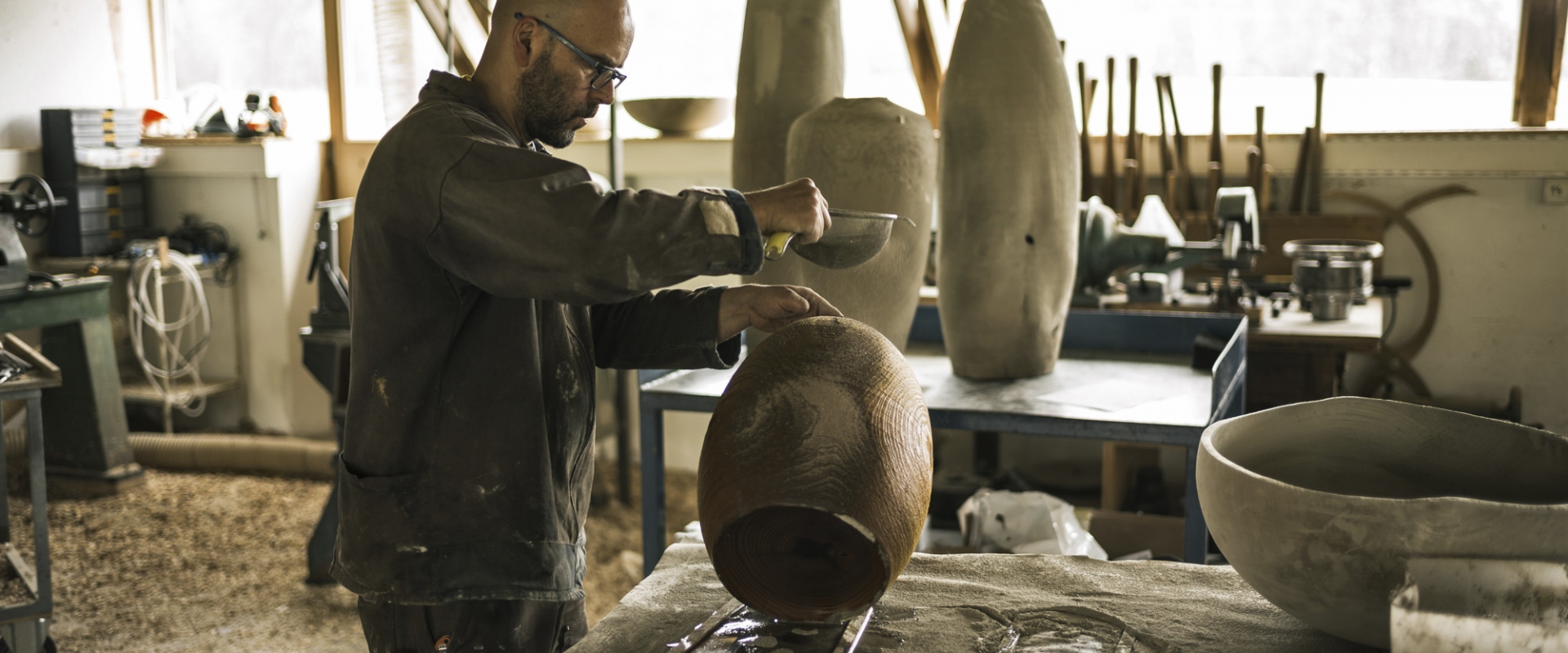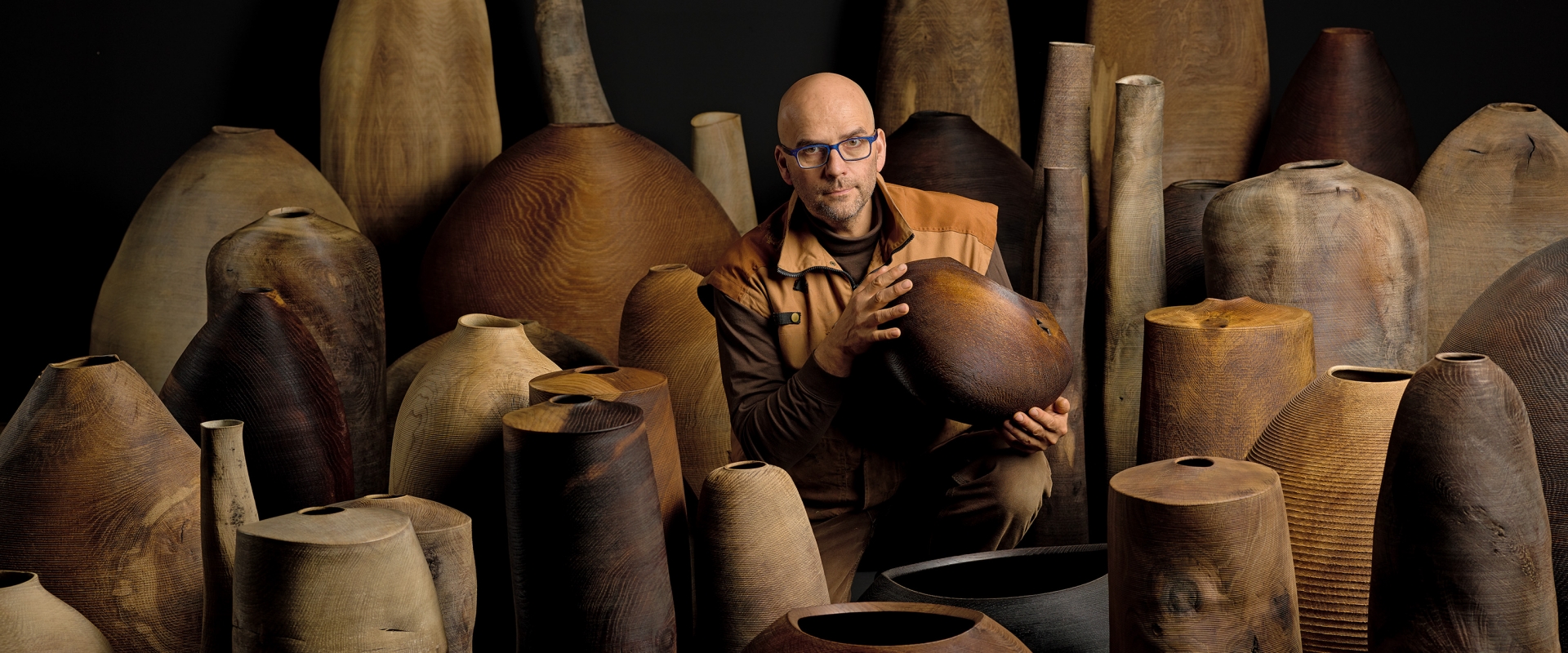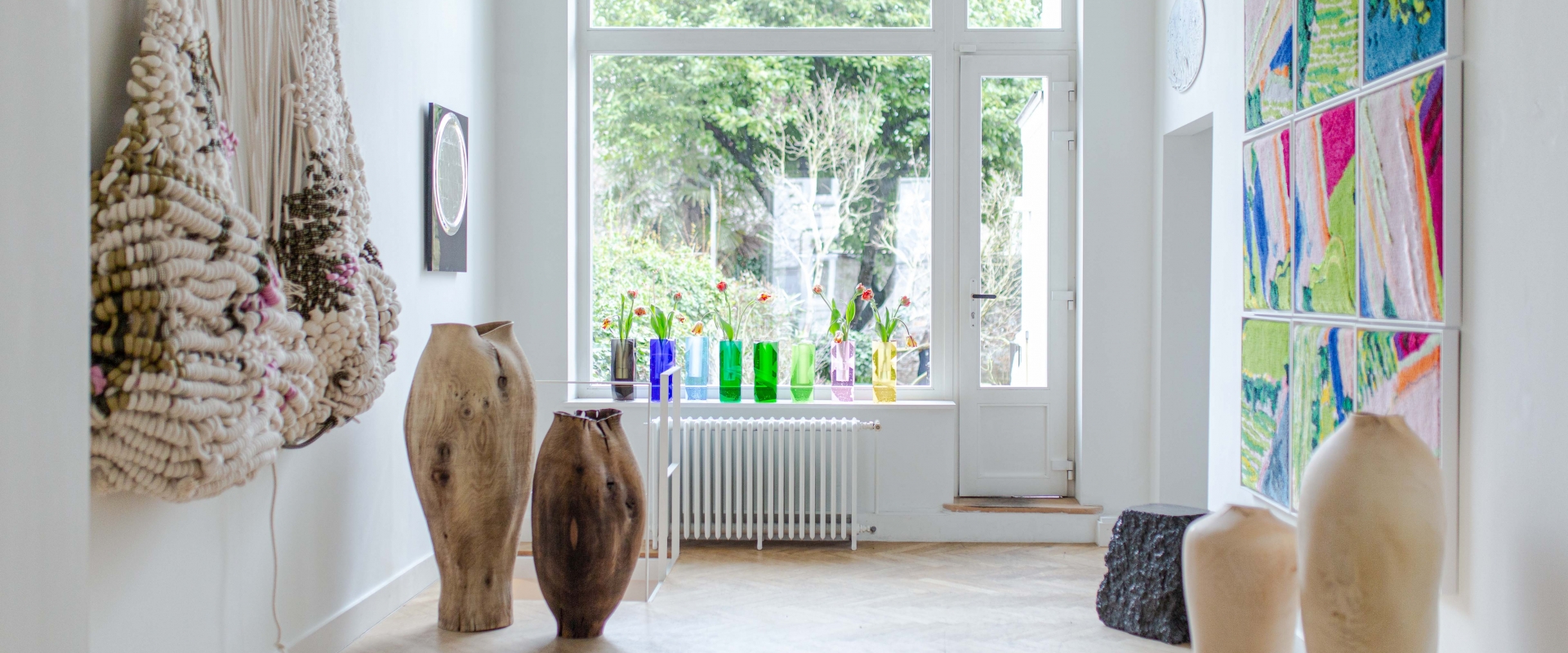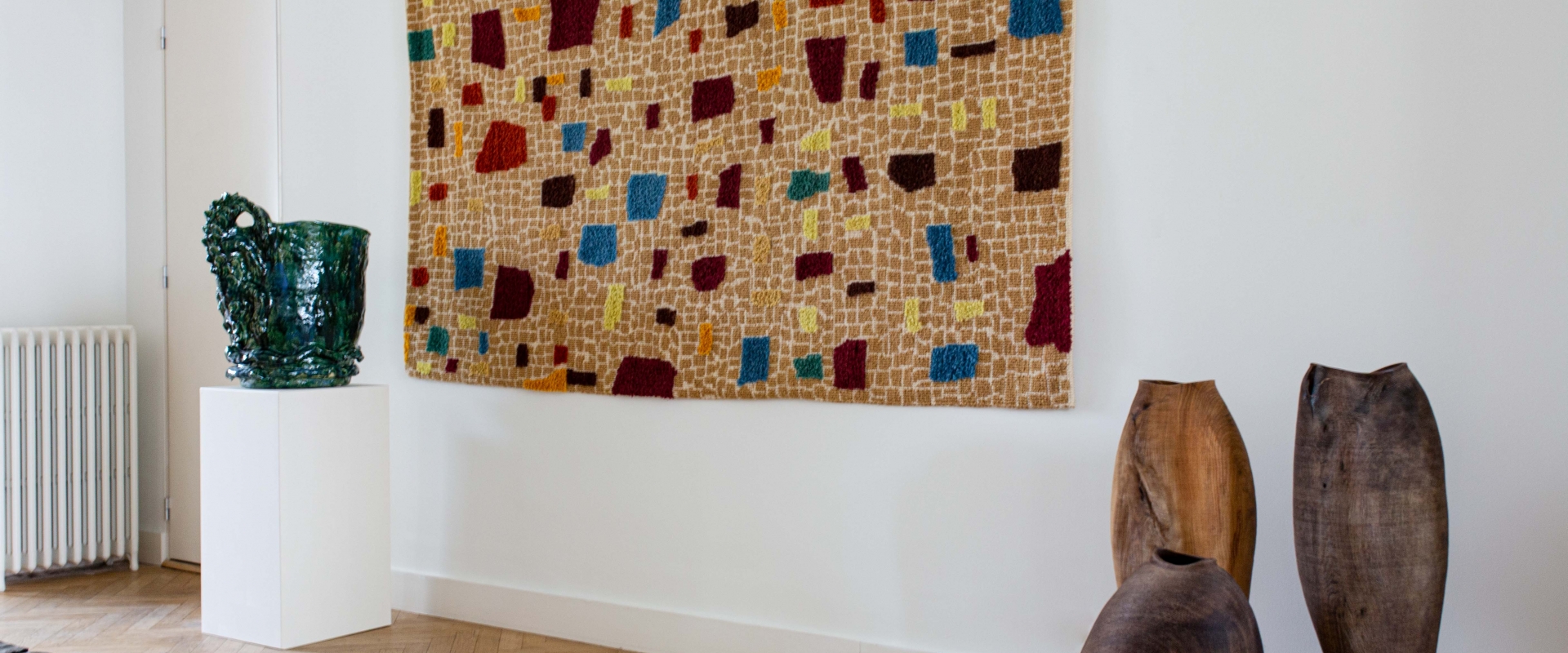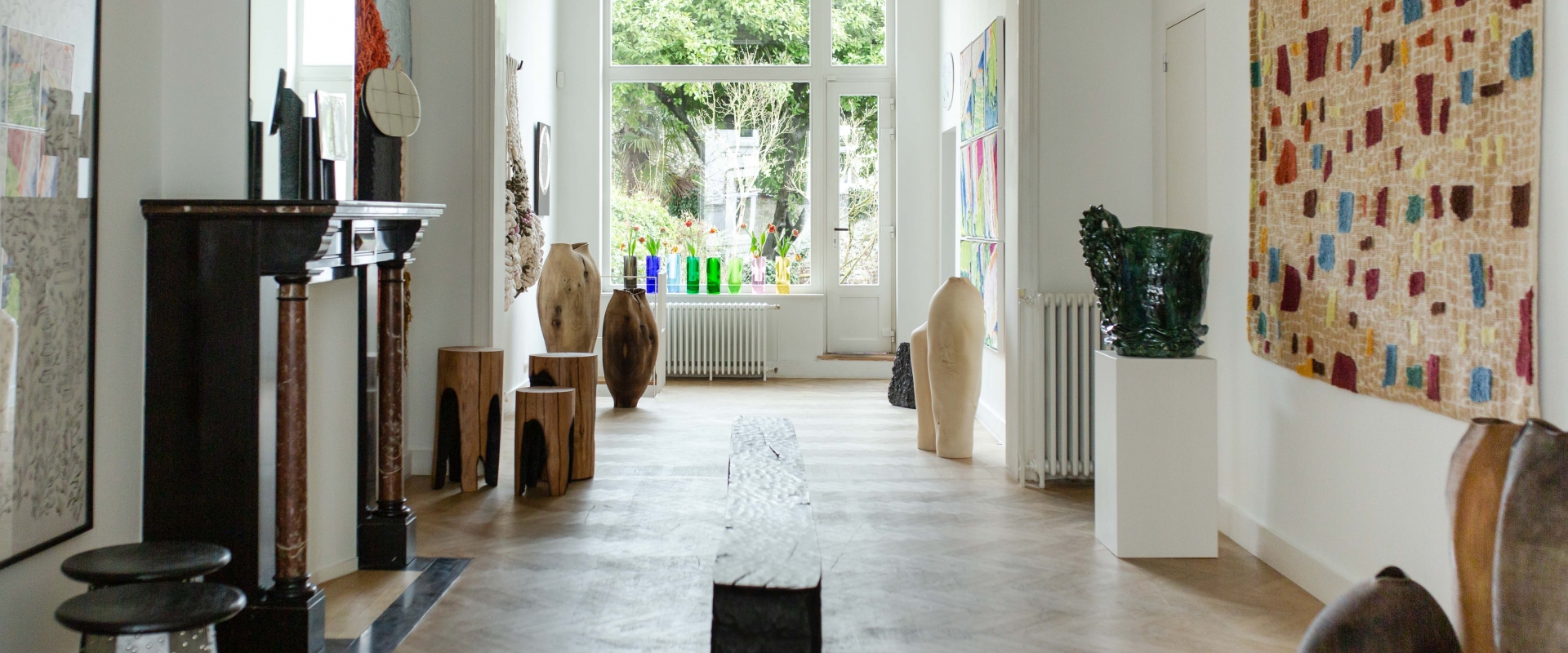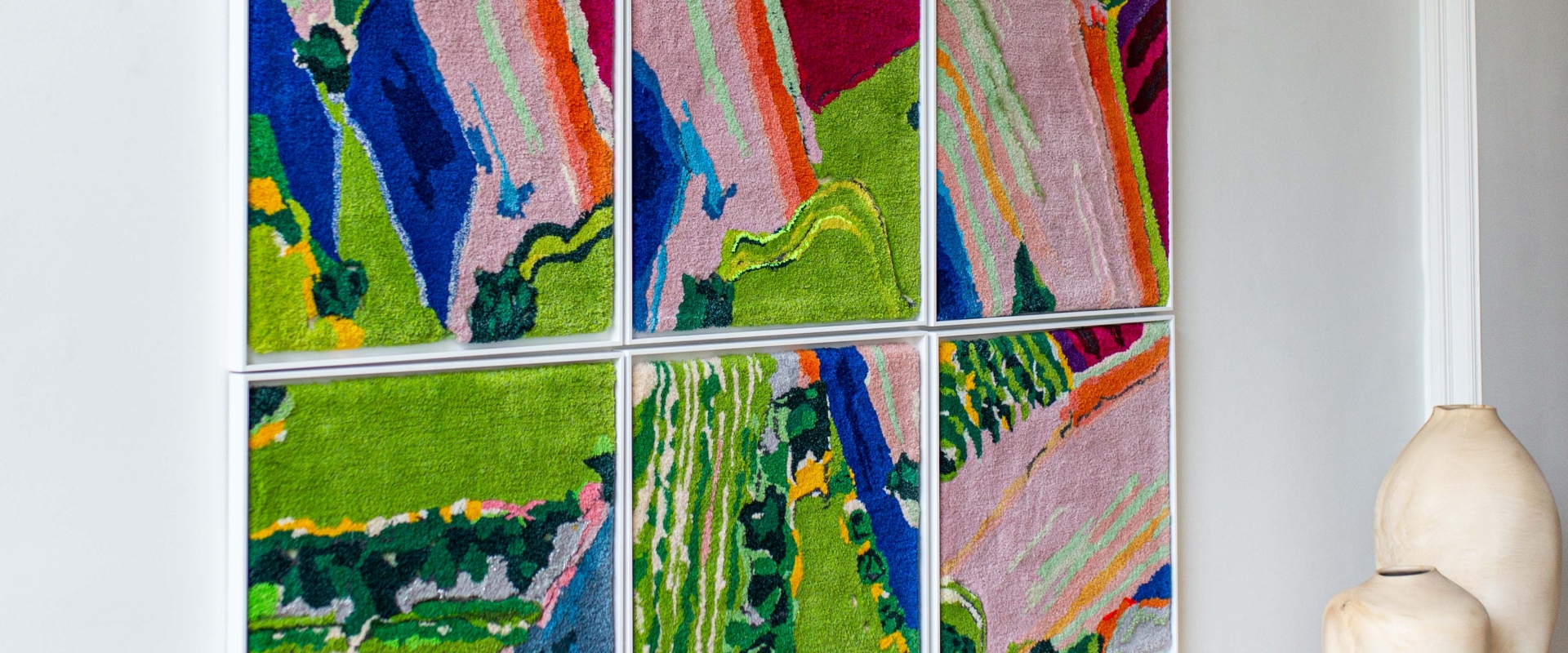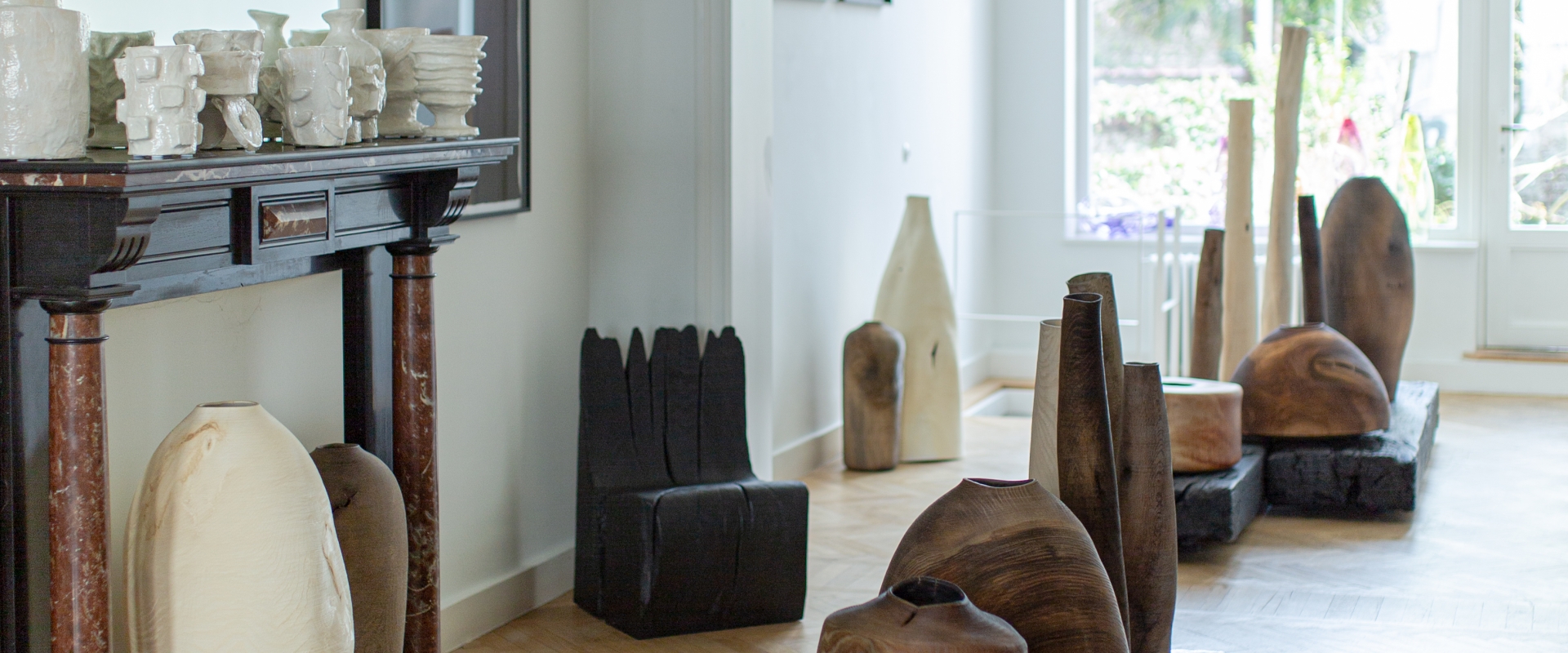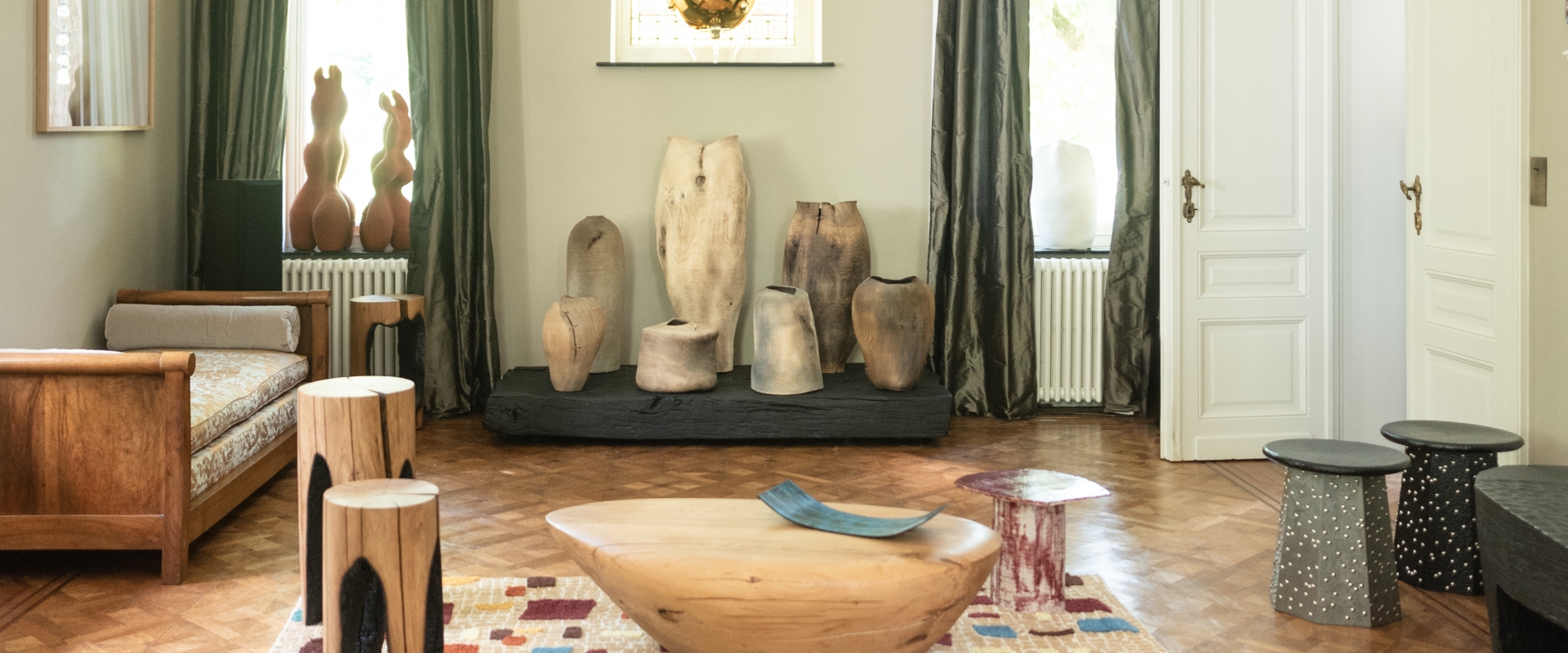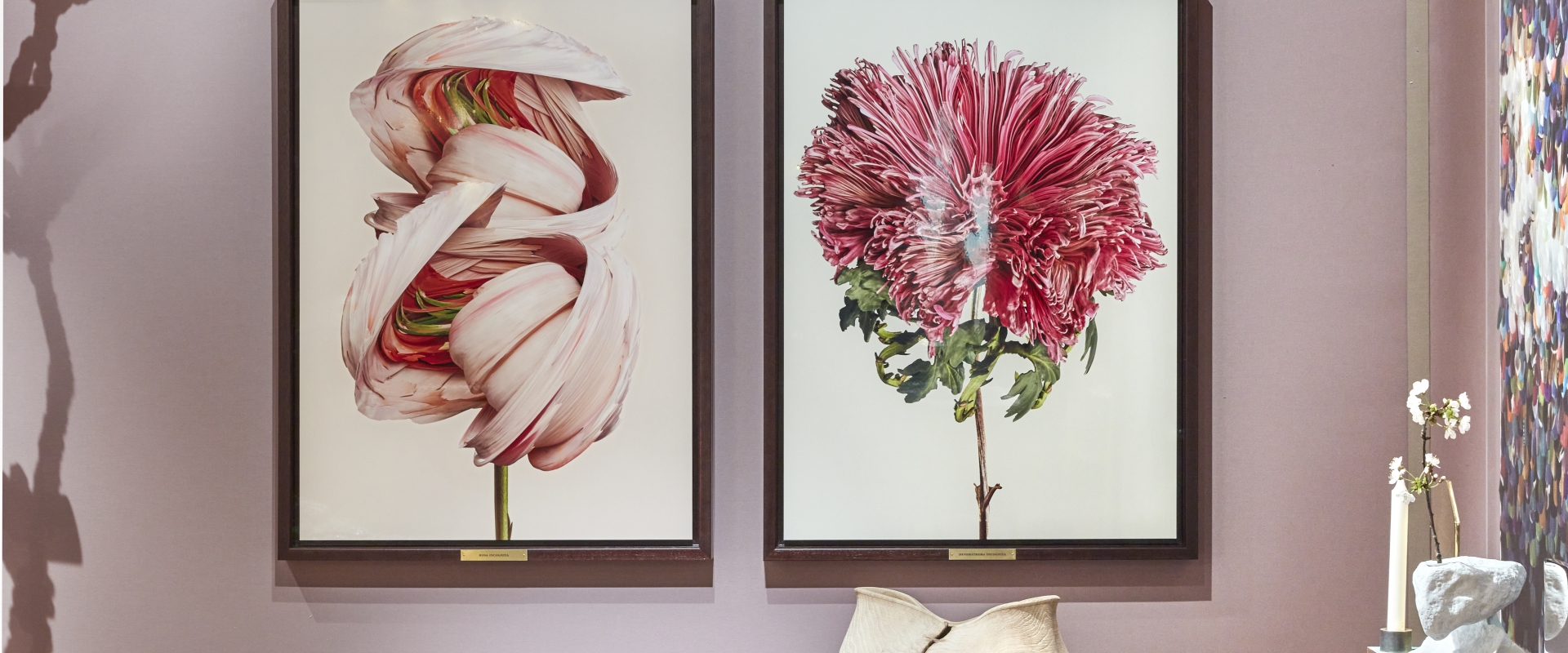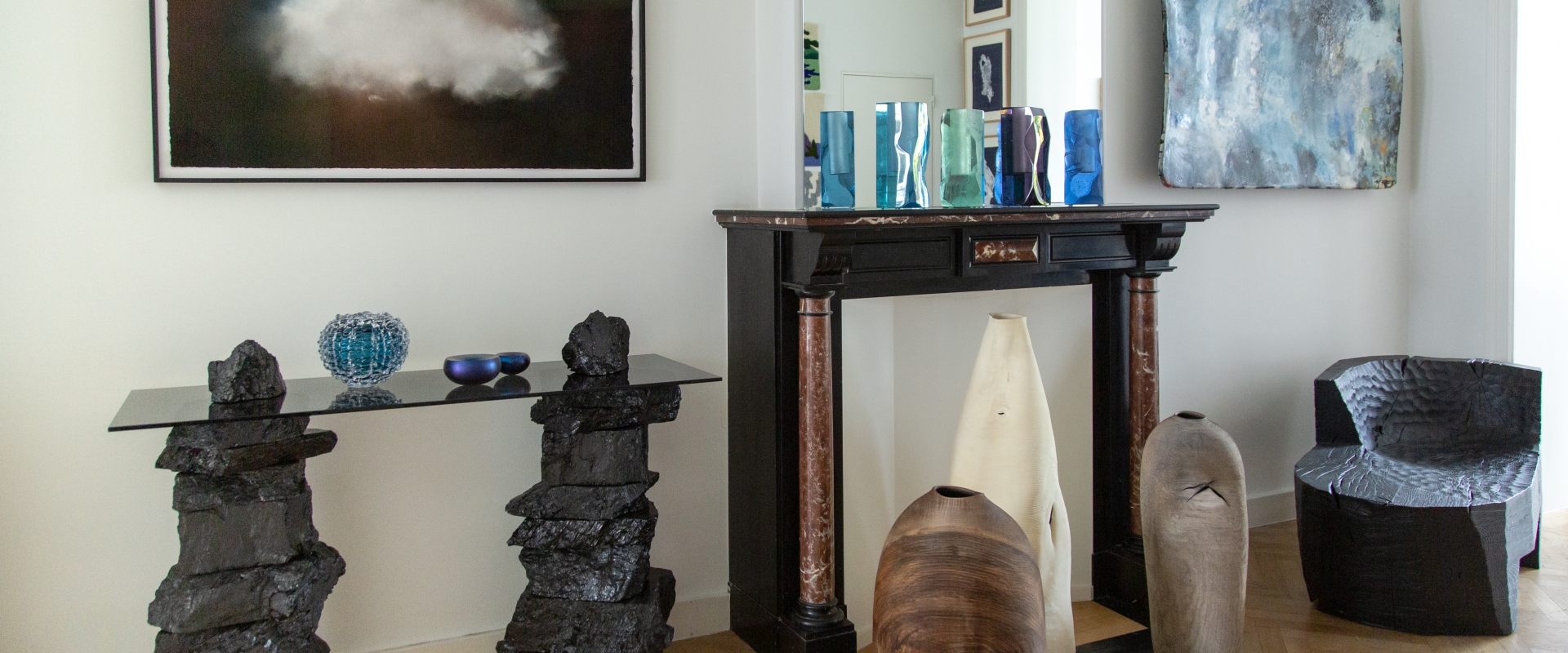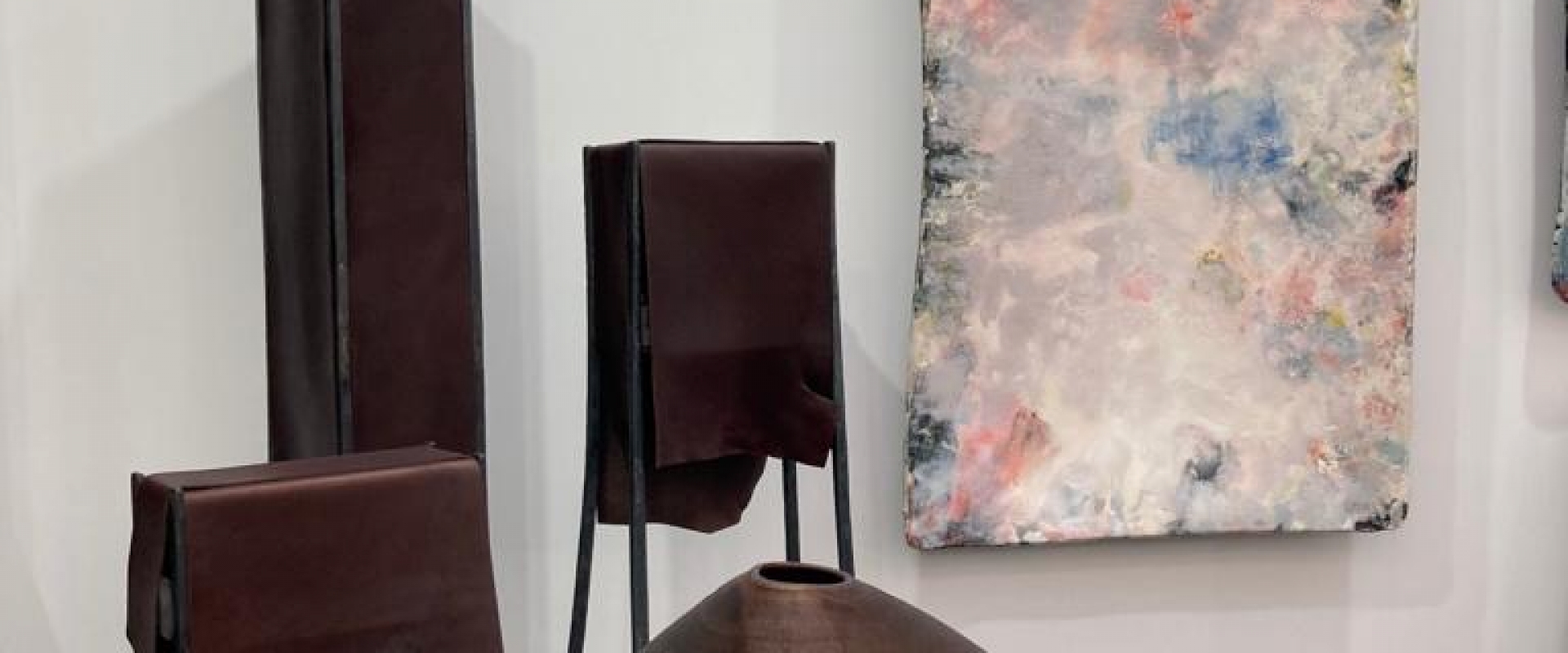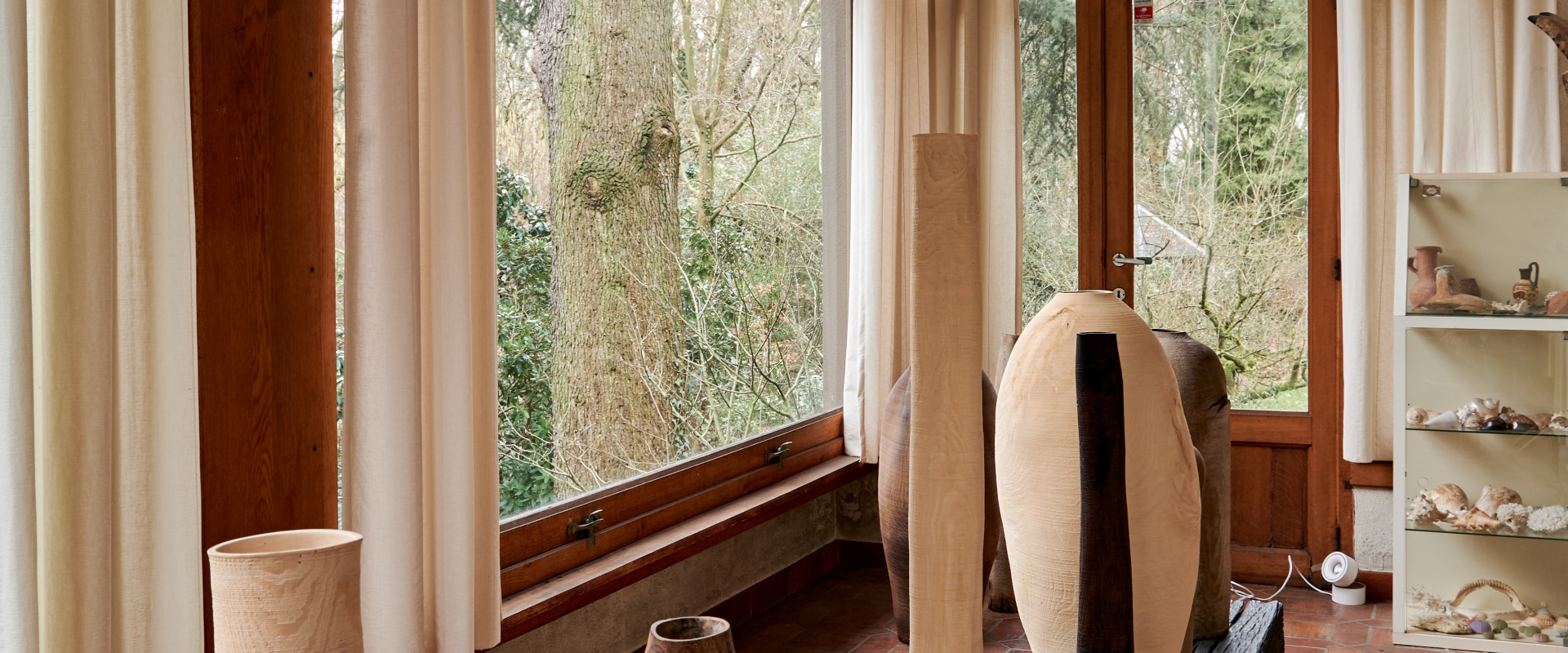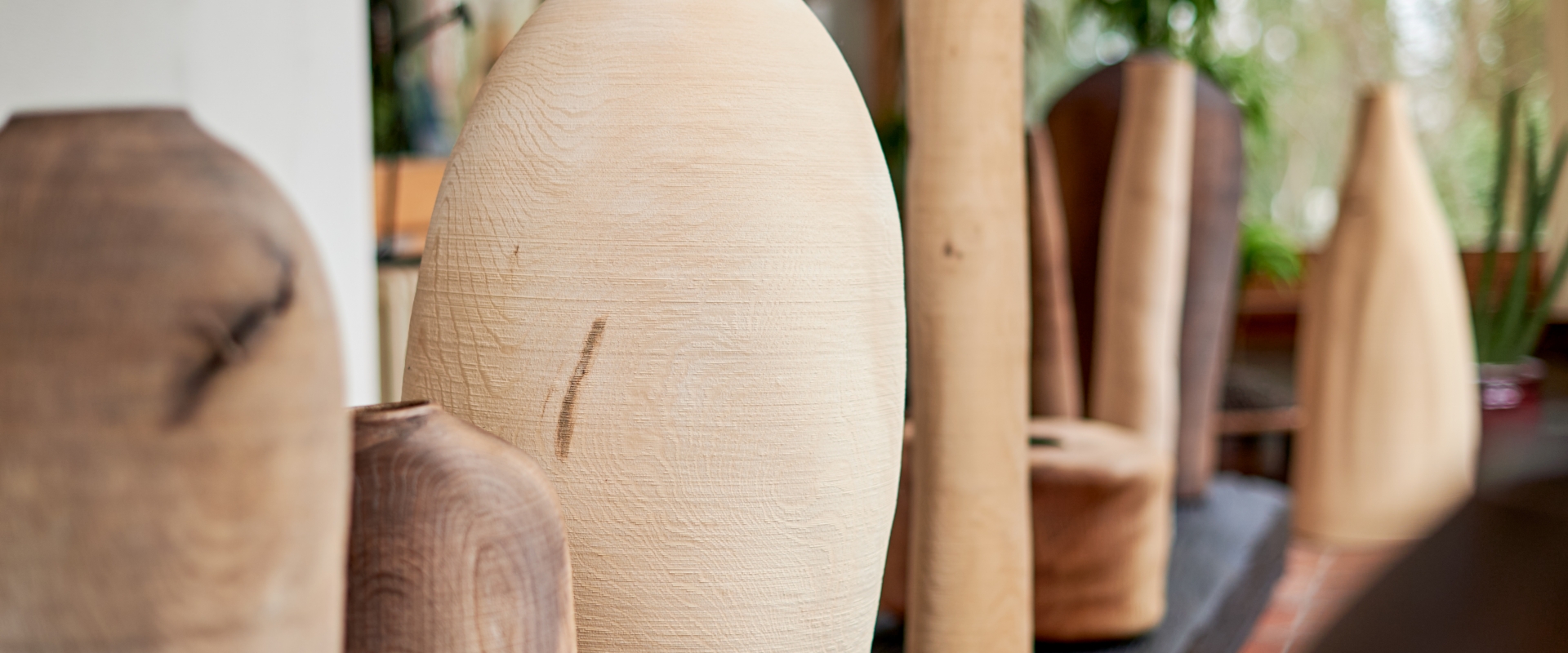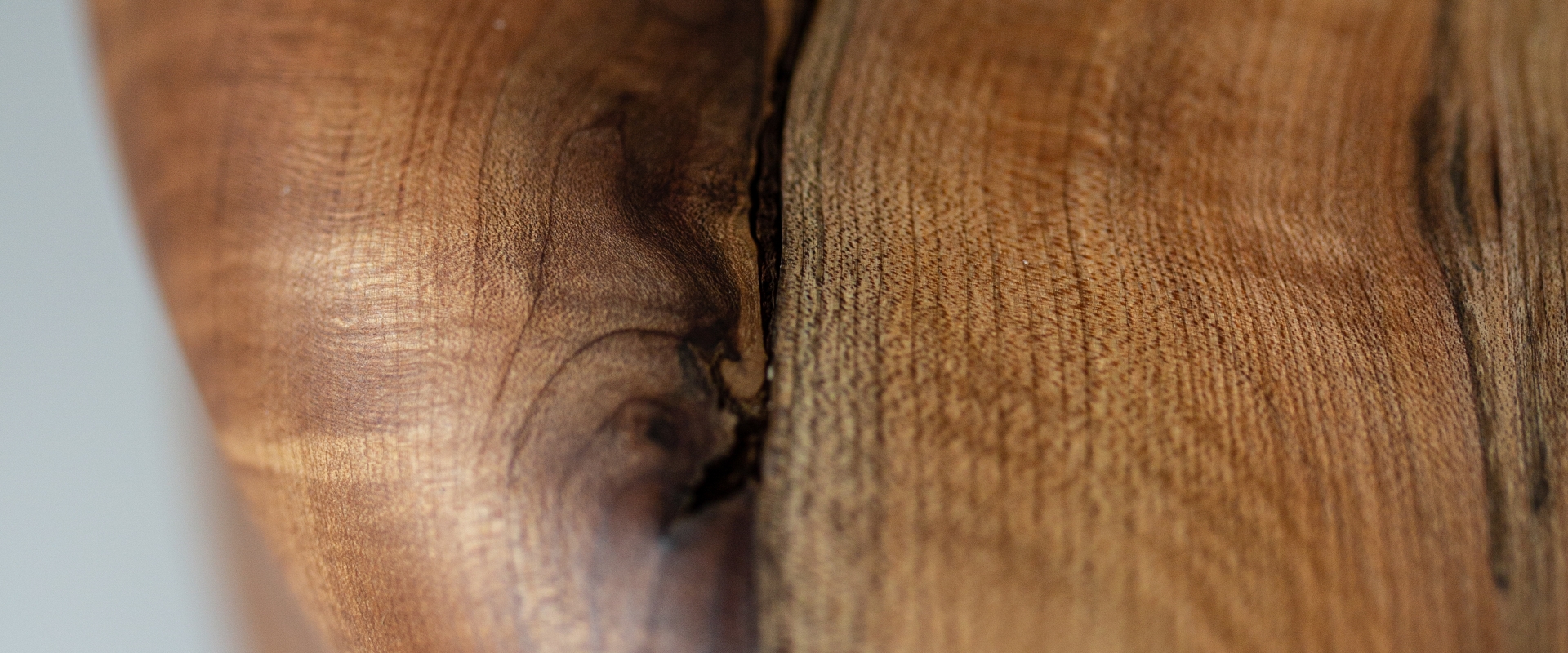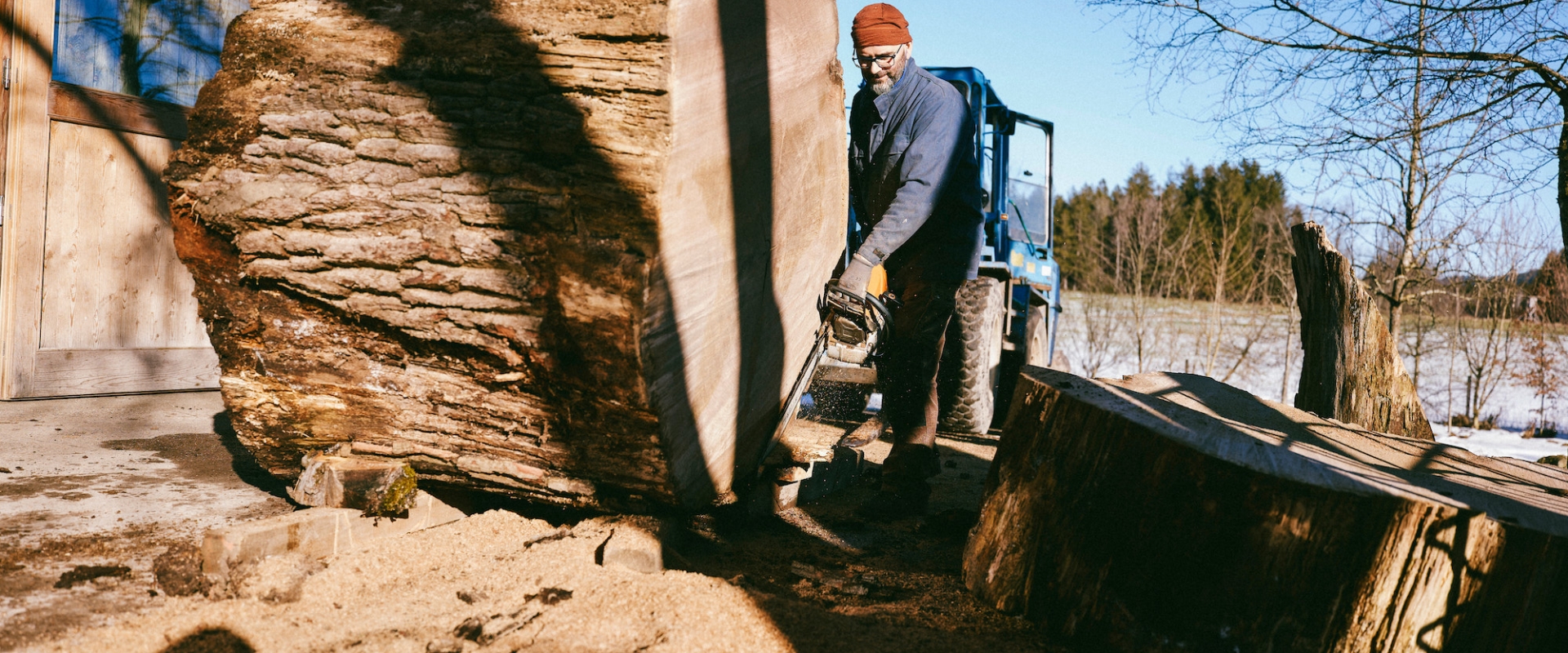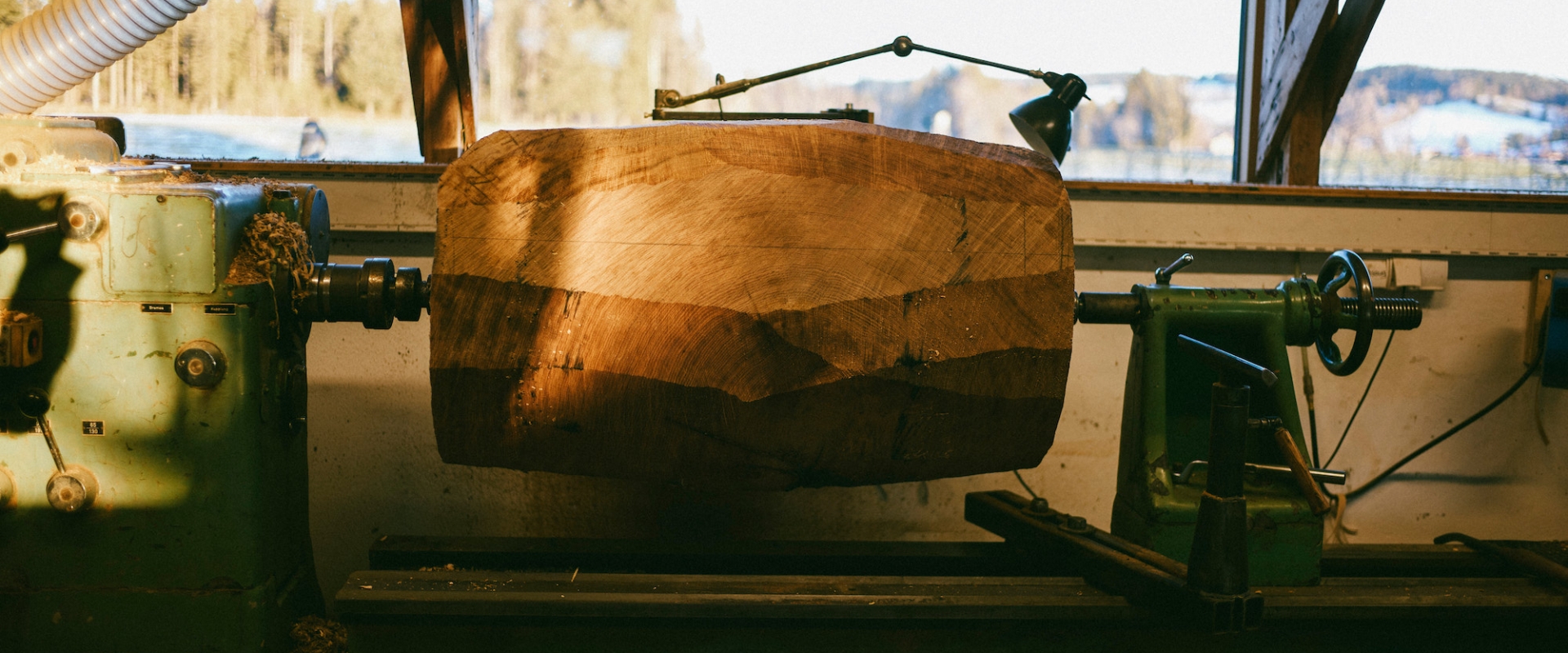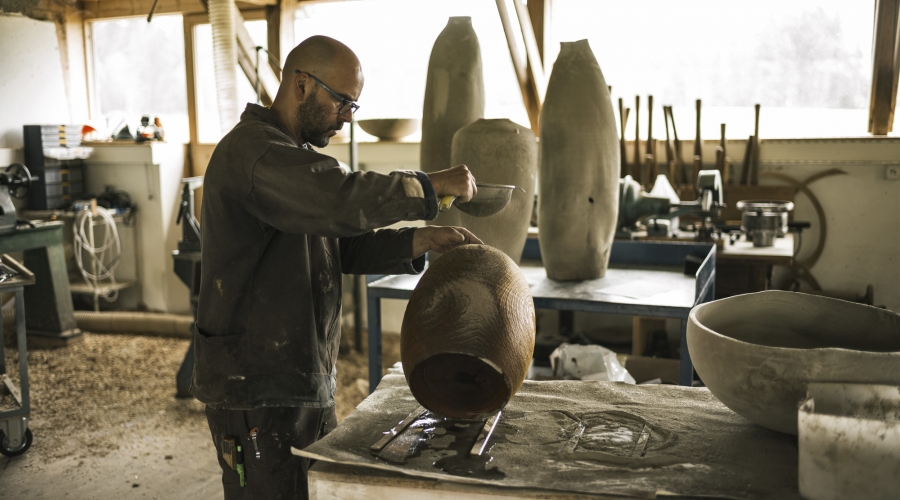Summertime Artist’s Focus: Ernst Gamperl
Click to visit the Viewing Room on Artsy

From the hundreds of years a tree has grown, to the process of preparing the wood and then turning the vessels, time takes on new meaning in the work of sculptor and master wood turner, Ernst Gamperl. For over 20-years, he has applied a rigorous process of repetition and detail that has given him a deep intuition and appreciation of wood and his craft.

View the available artworks on our website and on Artsy
German artist Ernst Gamperl creates large-scale wooden vessels, expertly crafting the material to reveal and express natural details and textures. In this careful and considered process, knots, bulges, splits, indentations, and scars are elevated, shown to be integral parts of the material’s history and lifespan. Never imposing his own will upon the wood, Gamperl instead works with the material to demonstrate the innate beauty in its flaws.

Pushing the boundaries of his own craftsmanship, Gamperl was awarded the LOEWE Craft Prize in 2017, and since then has pursued a quest for even more essential and archaic forms and surfaces. His one-of-a-kind project, “Tree of Life”, in which he transformed a tree into 67 beautifully wrought vessels that embody his excellence in woodturning and in experimental patinas, has been touring in Europe and in Asia (Korea). Spazio Nobile has represented Ernst Gamperl since 2020.

The immanent expressive power of the material and its grain, lines and colouring, its softness or hardness, its compact heaviness or paper- thin transparency, are underscored by his treatment of the surfaces: waxing and polishing, scrubbing out the streaks or carving filigree parallel grooves, contrasting smooth and shiny with rough-hewn and scarred.

“I’m talking about traditionally crafted objects, which acquire an increasingly beautiful structure through constant use. It is the soul of the material. For the Japanese, it is the love of nature which is intrinsic to Buddhism, and particularly to Shintoism. They worship the divine in nature and this is what makes my wooden pieces so special to them.”

“…To me, there are strong parallels with pre-Christian Germanic culture, the worship of pagan gods and holy trees. That fits in well with the Asian cultural and religious contexts, which are also informed by the culture of emptiness. And that brings us right back to the vessel – U-tsu-wa – vessel, emptiness, universe. All these cultures are united by this love of beautiful objects.

I try to make this visible and intuitively tangible, using very simple means – with just a lathe and a piece of fresh wood. I let the material guide me and I read it with every move – from an early stage like the pre-cutting by chainsaw or the first cut at the lathe.

It is as though my hands were one with the wood. It is an ongoing dialogue which continues throughout the creative process, from the initial cutting stage at the tree right up to the finished, fully formed object.”


